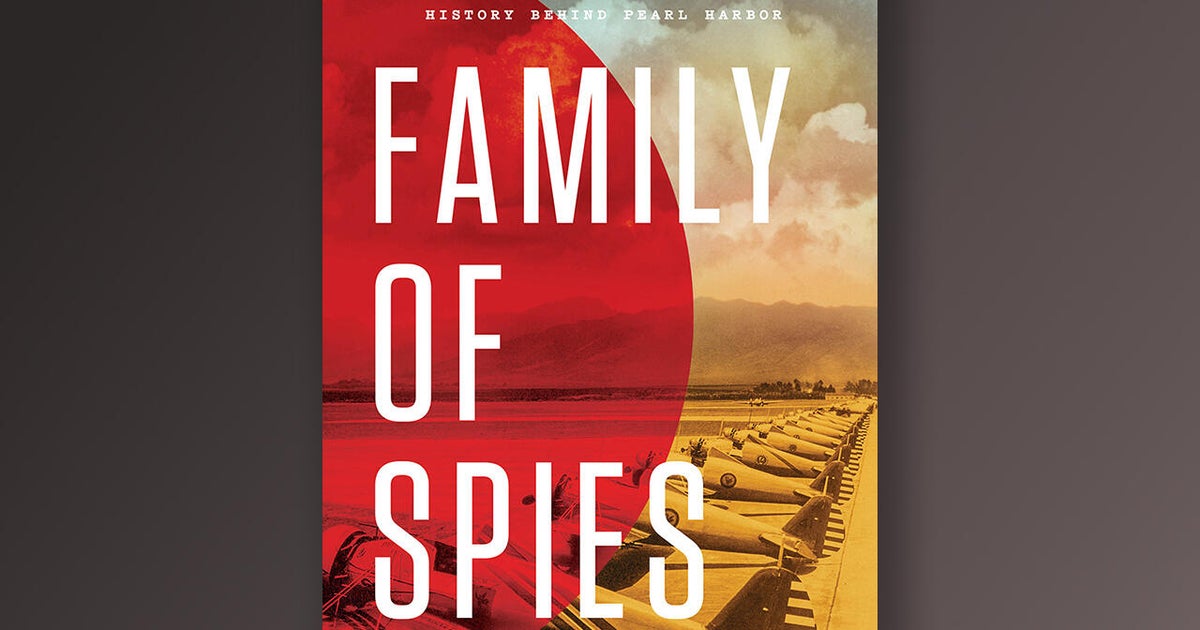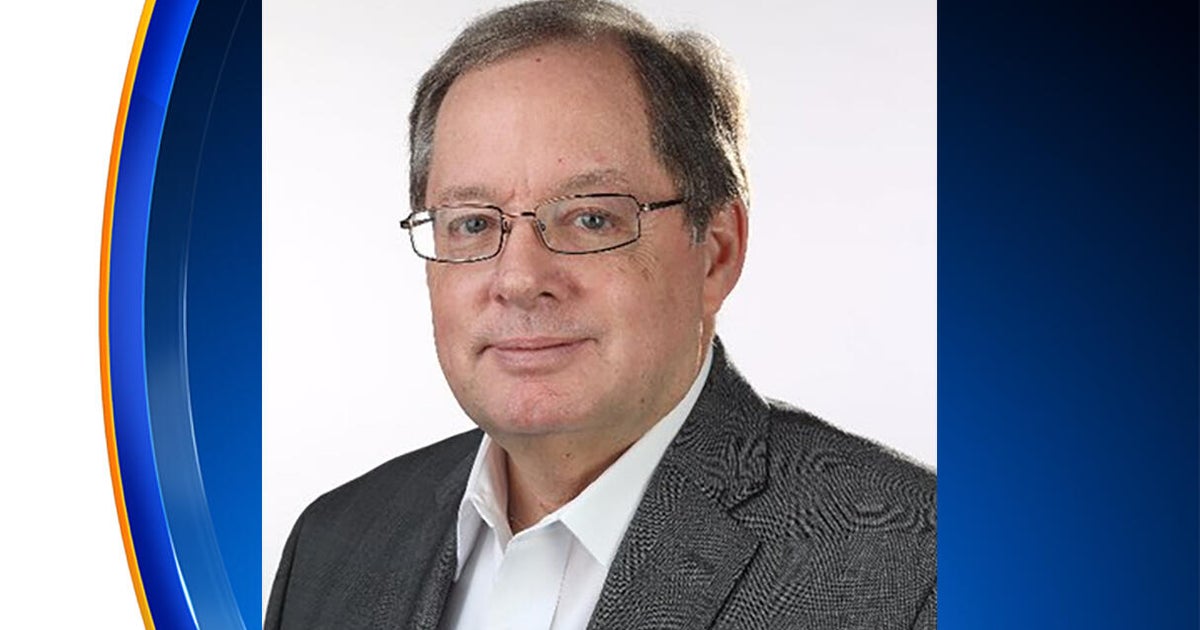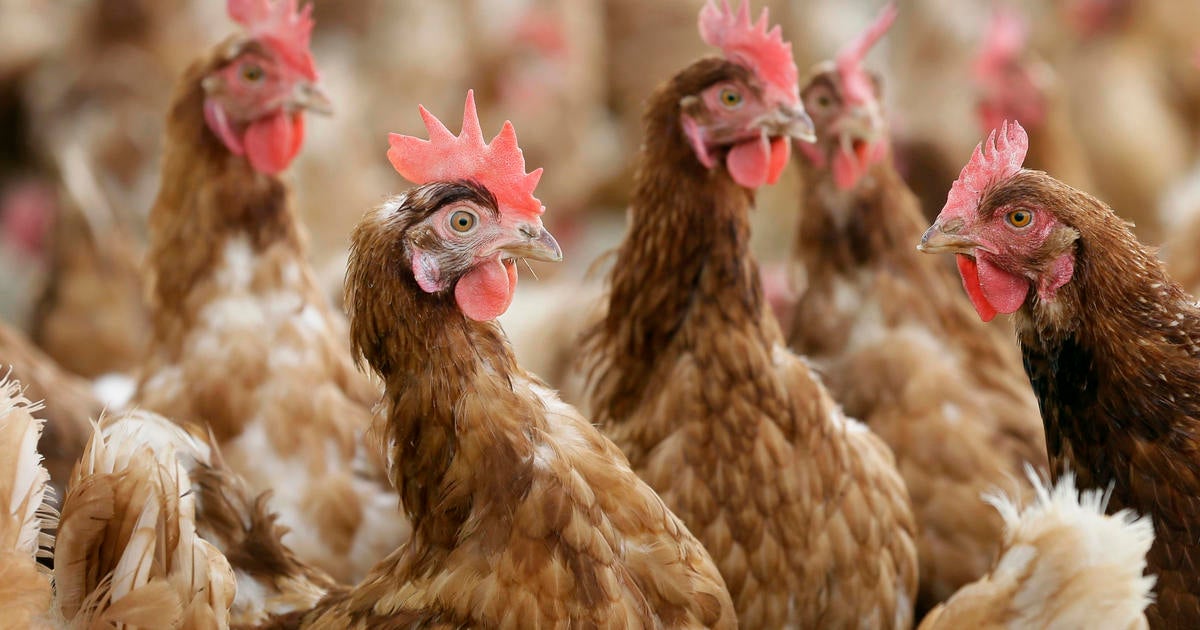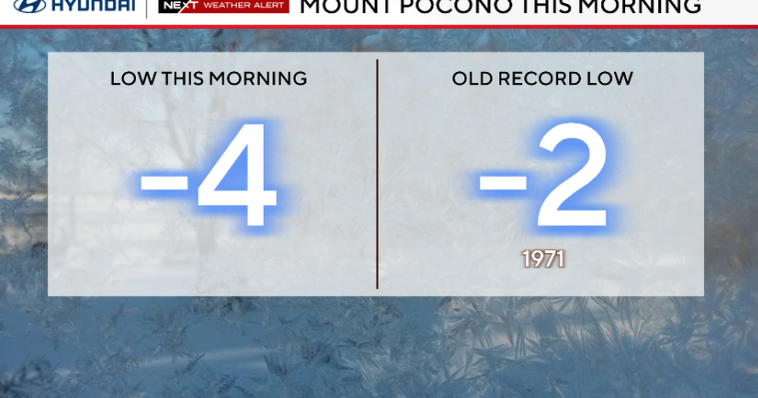Book excerpt: "Deliver Me from Nowhere: The Making of Bruce Springsteen's 'Nebraska'"
We may receive an affiliate commission from anything you buy from this article.
In his latest book, "Deliver Me From Nowhere: The Making of Bruce Springsteen's 'Nebraska'" (published May 2 by Crown), New York Times bestselling author and Grammy-nominated documentary producer Warren Zanes explores the genesis of one of Springsteen's most personal albums.
In this excerpt below, Zanes writes of the pleasures and challenges of interviewing a rock legend.
Don't miss Jim Axelrod's interview with Zanes and Springsteen on "CBS Sunday Morning" April 30!
"Deliver Me from Nowhere" by Warren Zanes
Prefer to listen? Audible has a 30-day free trial available right now.
Chapter One
The First Question
Photography has something to do with resurrection. —Roland Barthes, Camera Lucida
In the spring of 2021, Bruce Springsteen invited me to spend some time with him in Colts Neck, New Jersey, so that we could talk about Nebraska. When I arrived, he walked out to my car to meet me. When it was all over, he walked me back out. Everything was hand delivered. I was wishing I'd parked three miles away. I'd grown up listening to the guy's records. I had a lot of questions, not all of which he should have to bother with.
Springsteen has lived with the joy and burden of people wanting his time. The intimacy of the music brings something out in people. He's probably had to scrape off hundreds of us just to stay on schedule. But that day I was his guest, and he was as good a host as I could ask for. He got me water to drink and then asked if I needed more. Later in the afternoon he wondered if coffee was a good idea. I was at the family house and—as I think we both understood—his responsibility. Any mess I made he'd have to clean up.
I wanted to know where Nebraska came from, what it led to. It sat between two of Springsteen's most celebrated recordings, in its own quiet and turmoil. He described it to me as "an accident start to finish" but also as the album that "still might be [his] best." The recording came from a place and a time in which Springsteen was facing troubles in his life, troubles that had no name as of yet. Wordsworth defines poetry as "the spontaneous overflow of powerful feelings ... recollected in tranquility." Quite differently, Nebraska came from the middle of that "overflow," was not a thing "recollected in tranquility." It came from the heart of trouble and led to still more, its stark character the lasting reward.
Nebraska was unfinished, imperfect, delivered into a world hovering at the threshold of the digital, when technology would allow recorded music to hang itself on perfect time, carry perfect pitch, but also risk losing its connection to the unfixed and unfixable. Springsteen's manager, Jon Landau, recalled for me, over several afternoons at his Westchester home, the way in which Nebraska arrived. Chuck Plotkin, among Springsteen's producers and a key player in the last stages of Nebraska's creation, would talk about the anxious labor of trying to make the album conform to industry standards. But Springsteen knew the most by far, because it came from his bedroom.
While we talked that day in Colts Neck, Patti Scialfa was recording next door. There were a few others around, but everyone left us alone. Patti was in the process of turning a song into a recording. For all the talk of the hours, the sweat, and the persistence involved in making records, it's worth remembering that the process is also among the highest forms of pleasure, particularly when you're watching your own song or one you love turn into the recording you feel it's meant to be ... and it happens without complication. Any song could become a thousand different records, but sometimes the recording studio is a place of pure lightness because a song is becoming just the recording it should be. That afternoon in Colts Neck, you got the sense that things were going well in the studio next door.
But I was with Springsteen in another room, doing something very different. On one level, I was probing, asking about a time in his life that wasn't easy. Given the way Springsteen has interviewed throughout his career, it shouldn't have come as a surprise that he seemed to hold back nothing. Where he had no answer or a question of his own, he didn't pretend all knowingness. Some combination of an investment in the truth and what seemed genuine wonder made him an unguarded collaborator.
I'd been out to the Colts Neck house once before, on that occasion in my capacity as consulting producer on the documentary Twenty Feet from Stardom. The director, Morgan Neville, was conducting the interview that day and had a few pages of good questions. But I always remembered that Springsteen passed on the first of those questions, which surprised me. As a question it was a good opener, appropriate, well delivered. But Springsteen responded by saying something along the lines of "What else you got?"
Whether it was intended to or not, that response shifted the energy in the room. Frankly, I'd never seen an interview start like that. "What else you got?" The room belonged to Springsteen from that point forward. On the second question, he took a room of filmmakers who were slightly off axis to another place. He pictured the singers on Phil Spector recordings, including his friend Darlene Love, helped us hear and consider the youth in their voices. He'd obviously thought deeply about backup singers, the film's subject, and about the emotional layer those voices added to so many great recordings. This was a storyteller at work, not a Q&A session.
One story he told that day in Colts Neck revolved around his trip by Greyhound to a David Bowie session in Philadelphia, where Bowie was cutting two of Springsteen's songs. Bruce Springsteen was nobody at that point, just a weird name that suggested anything but what was coming. Luther Vandross, a key figure in Twenty Feet from Stardom, was at those same Bowie sessions, singing and arranging backups on Bowie's "Young Americans." The documentary's early edit already included some clips from that very session, with Luther Vandross leading the small vocal combo that added so much to "Young Americans." No one would have known that Bruce Springsteen lurked in the shadows, watching it go down. Pure coincidence. That is, no one knew Springsteen was there that day until he told the story at his Colts Neck home.
Twenty Feet from Stardom was given a fresh edit just after that interview. From that point forward the film opened with Springsteen. He was that good. But I'll tell you this, the experience made me consider at some length the first question I planned to ask during my Nebraska interview, on my second visit to Colts Neck. I just didn't want to hear him say, "What else you got?" I wasn't sure I had the backbone to hear that and still be ready for the next question. So I developed a foolproof method to avoid such a moment: make it a yes-or-no question.
WZ: Are there any photographs of the room where you recorded Nebraska?
Springsteen: No.
He'd answered my first question. But we arrived at the second question pretty damn fast. Fortunately, I had another one ready to go. But what of the first?
I wanted to see that room because something important was made there, and I wanted to know if by looking at a photograph of the space, I could see traces of what happened, the outlines of Nebraska. And maybe those photographic traces could bring it back to life for me, a resurrection. Photographs of his previous place, the Holmdel farmhouse, are easy to find online. Whether you see Springsteen in them or not, whether the amps and guitars are in the room or not, you look at them knowing who was there once and what got done at the time, Darkness on the Edge of Town and much of The River. The rooms begin to breathe.
Apparently even Bob Dylan had made his own attempt to see one of Springsteen's creative spaces, empty and well after the fact. There was a rainy night in Long Branch, New Jersey, 2009, when police picked up Dylan in a neighborhood close to where Springsteen wrote most if not all of the Born to Run album. Some quick if speculative reporting captured the incident.
The police had approached Dylan when the future Nobel Prize winner was on the grounds of a home up for sale, apparently investigating the property. The proximity to Springsteen's former rental, coupled with Dylan's somewhat recent visits to Neil Young's and John Lennon's childhood homes, gave interested journalists a basis from which to work. The Guardian reported it this way:
Probing musicians' backgrounds who influenced the world of rock in the 1960s and 1970s is a hobby for Dylan. Last November he turned up unannounced at a Winnipeg house where the Canadian rock star Neil Young grew up. Kiernan and Patti Regan came home from shopping to find him waiting on their doorstep and invited him in.
Then, in May, Dylan paid a £16 entrance fee and mingled anonymously with tourists at the childhood home of John Lennon in Woolton, Liverpool.
Finally, last month, homeowners in Long Branch, 30 miles south of New York, phoned the authorities when they noticed a scruffy figure ambling along a residential street and entering the yard of an up-for-sale house.
Soaking wet, Dylan, 68, gave his name to Kristie Buble, a 24-year-old police officer, and informed her that he was in town to headline a concert with country star Willie Nelson and rocker John Mellencamp. She was sceptical.
Excerpted from "Deliver Me from Nowhere" by Warren Zanes. Copyright © 2023 by Warren Zanes. Excerpted by permission of Crown. All rights reserved. No part of this excerpt may be reproduced or reprinted without permission in writing from the publisher.
Get the book here:
"Deliver Me from Nowhere" by Warren Zanes
Buy locally from Indiebound
For more info:
- "Deliver Me From Nowhere: The Making of Bruce Springsteen's 'Nebraska'" by Warren Zanes (Crown), in Hardcover, eBook and Audio formats, available May 2
- "Nebraska" by Bruce Springsteen
- brucespringsteen.net
PREVIEW: Bruce Springsteen on the making of his landmark album "Nebraska" | Watch Video
You can stream "Nebraska" by Bruce Springsteen by clicking on the embed below (Free Spotify registration required to hear the tracks in full):0









